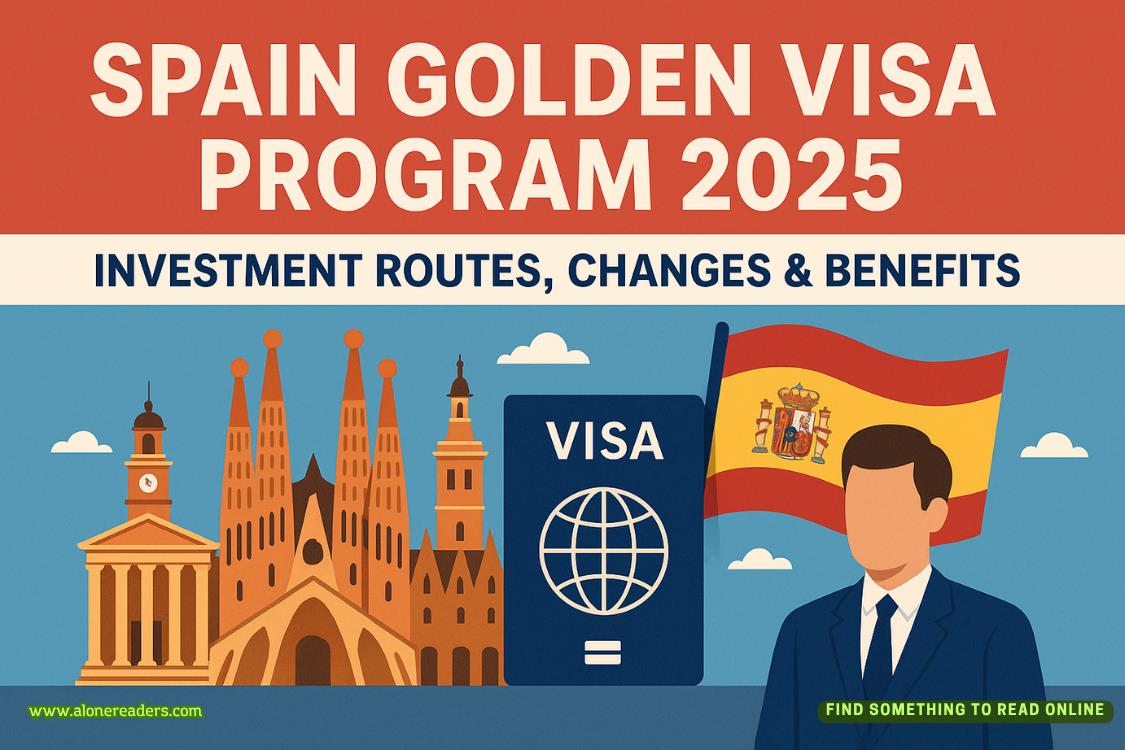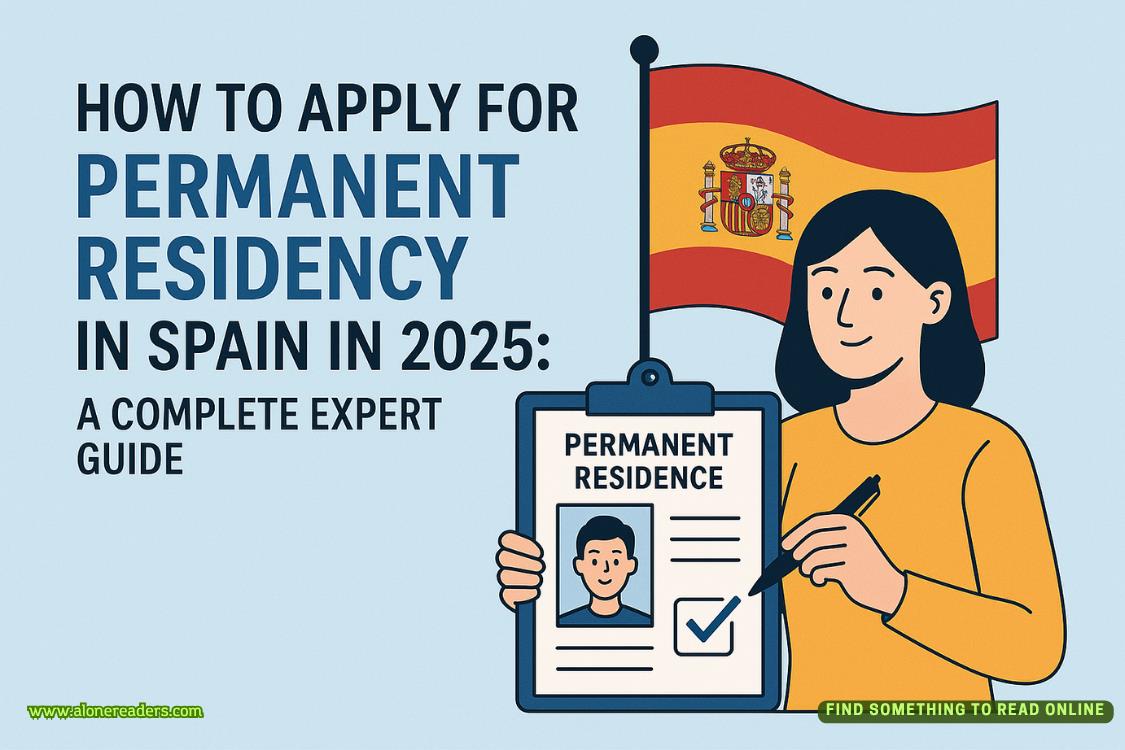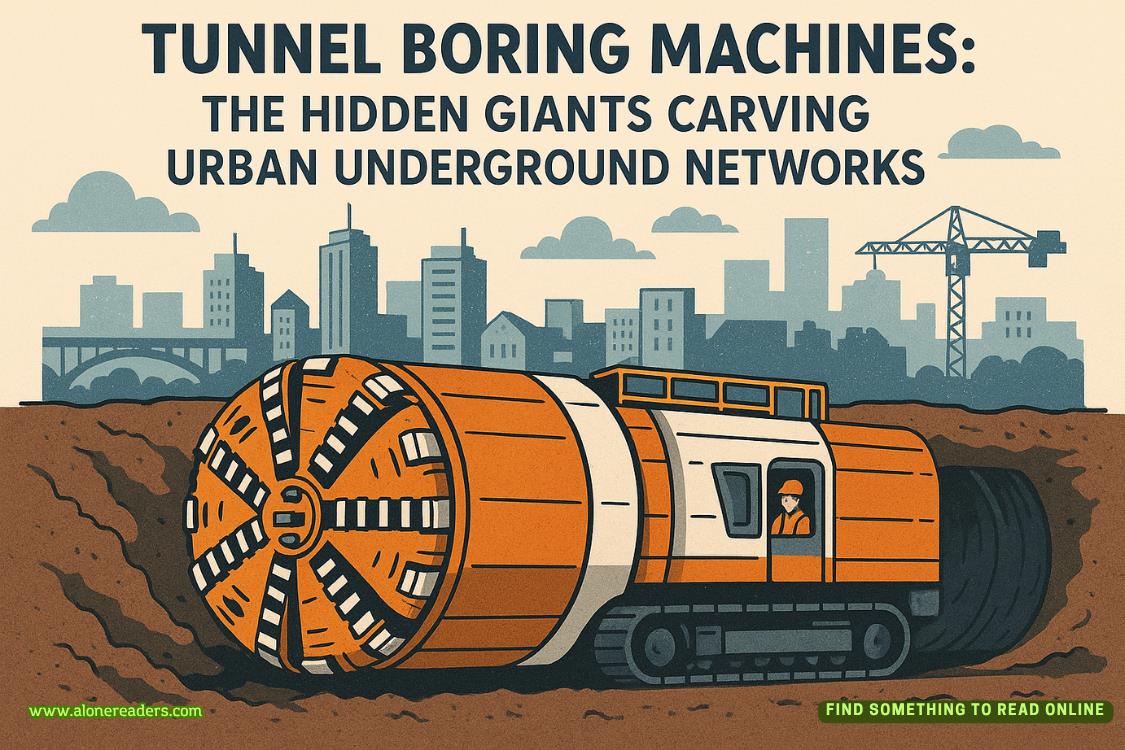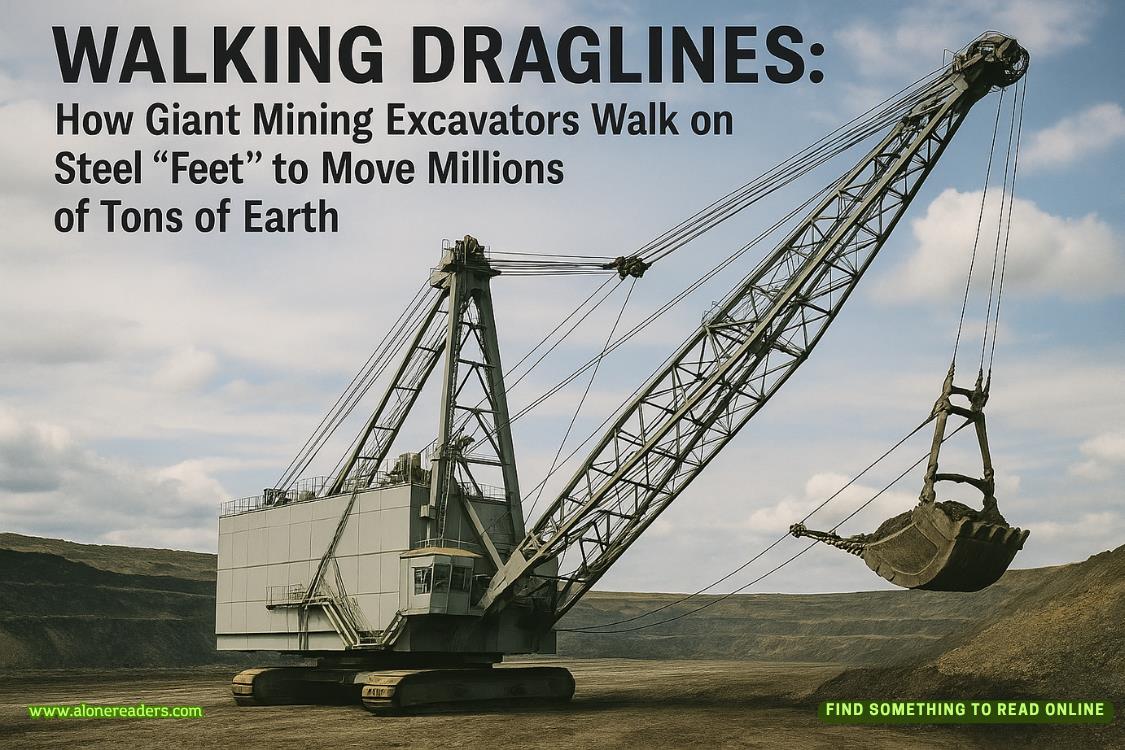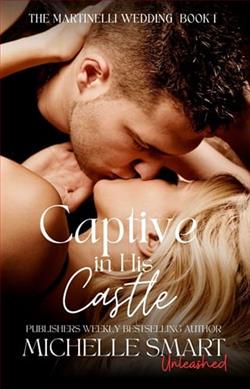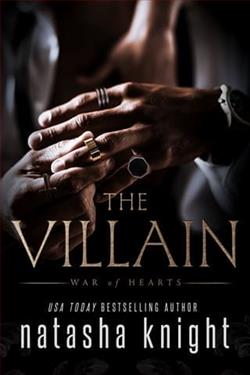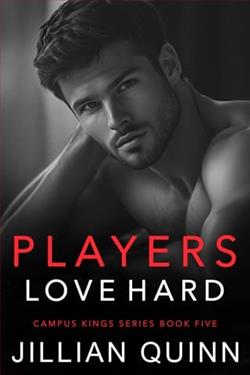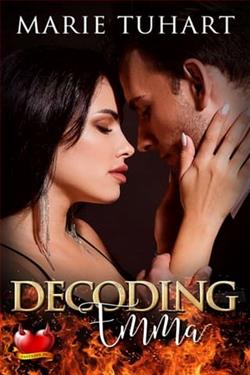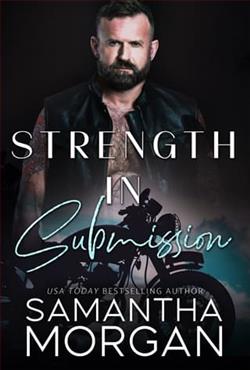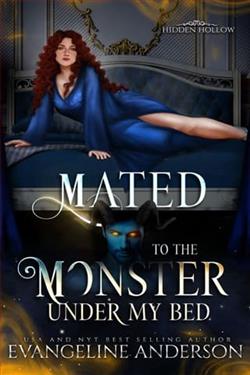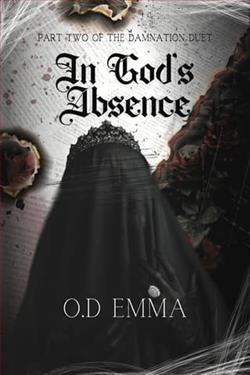Page 83 of Faking It with the Bad Boy
"The museum fellowship starts next month," I said, still amazed at how everything had aligned. "The Bruins' medical staff is already talking about collaborative research projects."
"See? Perfect timing." His fingers traced patterns on my arm. "Almost like someone planned it."
"Like your grandmother with her collection of Victorian relationship advice?"
"She's already planning historically accurate wedding traditions." He grinned. "Though maybe we skip the medical-themed ceremony she's suggesting."
Through the doorway, we could see our families mingling - the team showing my parents their "Team Medical History" shirts, Jack's grandmother explaining Victorian courtship customs to amused Bruins executives, and museum staff discussing preservation techniques with hockey trainers.
"Think we can make all this work?" I asked softly. "NHL career, graduate studies, museum research?"
"I think," he said, turning me to face him, "that we've already proven impossible things are possible. Bad boys can love medical history. Museum girls can understand hockey strategy. Victorian surgical techniques can actually work in playoff games-"
"Still not a real strategy."
"Still won championships."
His kiss tasted like promises and possibility and maybe a hint of that ridiculous expensive coffee he still drank during late study sessions. Around us, the museum's medical collection gleamed under preservation-appropriate lighting, silent witnesses to how far we'd come.
Because some things don't need to be properly categorized.
Some stories don't follow standard patterns.
Some love is found in unexpected places, between dental tool assaults and hockey strategies, between historical research and future dreams.
And sometimes, if you're very lucky, it comes full circle - back to where it started, but better. Stronger. More real than any carefully organized system could capture.
Even if it involves historically questionable proposal traditions.
Especially then.
Chapter twenty-five
Epilogue
"You cannot quote Victorian medical texts during NHL games," I said, watching Jack gear up in the Bruins' locker room. He'd just been called up from Providence after an impressive start to his professional career. "This isn't college anymore."
"Watch me," he grinned, adjusting his jersey. His first NHL game loomed ahead, and somehow, he was managing to both review game strategy and debate nineteenth-century surgical techniques. "The scouting report says Montreal's power play is weak to unexpected disruptions."
"Shouting about historical amputation methods is not a valid disruption strategy."
"Tell that to my AHL stats. I set a rookie scoring record."
"Because you're a good hockey player, not because you traumatized opposing teams with medical history."
But he wasn't entirely wrong. His unique approach to the game caught attention throughout the organization. The Bruins'development staff had even started incorporating some of his historically-inspired training methods into their programs.
"Did you bring it?" he asked, eyes bright with that mix of professional athlete focus and secret history nerd excitement that still made my heart forget basic anatomy.
I sighed but reached into my bag, producing a carefully preserved nineteenth-century medical text. "For research purposes only. No reenactments in the locker room."
"That was one time," he protested. "And Providence's training staff found it very educational."
The past year had been a whirlwind of achievements and adjustments. Jack excelled in Providence, and his combination of hockey skills and medical history knowledge made him a unique presence in professional hockey. Meanwhile, my graduate research at Harvard started gaining attention, especially after the Bruins' medical staff began collaborating on projects connecting historical practices to modern sports medicine.
"Your boy's something else," Boston's head trainer had told me recently, watching Jack explain Victorian rehabilitation techniques to rookie prospects. "Never had a player who could discuss both power play strategy and the evolution of sports medicine with equal enthusiasm."
The Garden was packed for Jack's NHL debut. Our families had prime seats - his grandmother was wearing what appeared to be historically accurate Victorian sportswear, and my father was clutching a detailed analysis of nineteenth-century athletic injury treatments he'd prepared "just in case."
